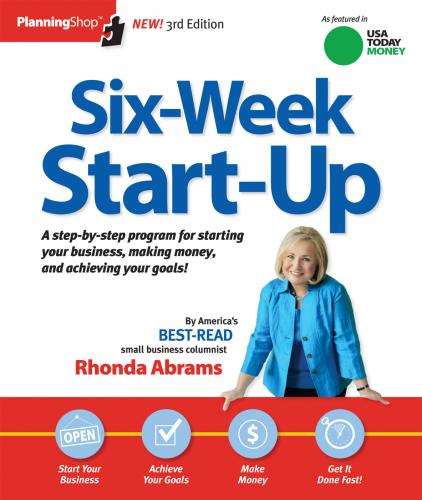Or is it the cereal buyer for the grocery store chain? He cares little about nutrition or cartoon characters. His concerns are more down-to-earth: how much money you’re going to spend on advertising, how quickly you’ll replenish inventory, and whether you’ll pay him a “stocking fee” to obtain shelf space. Parents and children aren’t going to have a chance to buy or eat “Yummy Tummy Oats” if you don’t meet the supermarket buyer’s needs first.
On top of that, if you don’t have your own sales and distribution force, you may first have to find a cereal distributor and convince them to carry your product.
The parent. The child. The store buyer. The distributor. That’s a lot of “customers” you have to satisfy with each box of “Yummy Tummy Oats.”
You give yourself a competitive edge by thinking of each of these “customers” and planning for their needs and motivation.
Being responsive to the details that are important to distributors, retailers, sales representatives, and others helps you plan your marketing materials, operations, packaging, even the nature of the product itself. If yours is an industry where sales reps must purchase their samples, for instance, you can set yourself apart by supplying samples free. If retailers can fit more square packages on a shelf than round packages, you’ll be more competitive by choosing a square package.
Even if you think you’ll market “directly to consumers” online, you’ll discover there are still many entities between you and your “customer” in cyberspace. In the case of “Yummy Tummy Oats,” your intermediary might be the online grocery store, the health food site, the children’s site, or the search engine that will help customers find you. So you’ll still have more than just parents and kids to please.
As you begin to define your customers, both the end-users and the intermediaries, describe all of their various attributes: age, location, industry, purchasing patterns, buying sensitivities, “psychographics” (what motivates them), and the like. Be realistic about how people actually behave—not how they should behave.
Use the worksheets on pages 55 and 56 to describe your customers. The first worksheet allows you to consider the types of “customers” you have. The second worksheet gets you started describing the characteristics of each of those. You may need to make copies of the customer profile worksheet—one for each type of “customer.”
Ever wonder why there seem to be three or four fast-food joints at the same intersection? Or why, all of a sudden, not one but three big office supply stores open in a community?
The answer is they all rely on similar statistics to analyze a market. They look for certain factors: population density, characteristics of nearby residents (age, gender, income), number and type of local businesses, and so forth.
Big corporations hire consulting firms to compile these statistics. You’ve got an even bigger consulting group doing it for you—free! The United States Government, particularly the Census Bureau, compiles all kinds of information useful for businesses, and it has put much of it online.
First, a few key websites to remember:
SIZE OF MY MARKET
Determine if the market is large enough to bring you sufficient sales.
Конец ознакомительного фрагмента.
Текст предоставлен ООО «ЛитРес».
Прочитайте эту книгу целиком, купив полную легальную версию на ЛитРес.
Безопасно оплатить книгу можно банковской картой Visa, MasterCard, Maestro, со счета мобильного телефона, с платежного терминала, в салоне МТС или Связной, через PayPal, WebMoney, Яндекс.Деньги, QIWI Кошелек, бонусными картами или другим удобным Вам способом.
